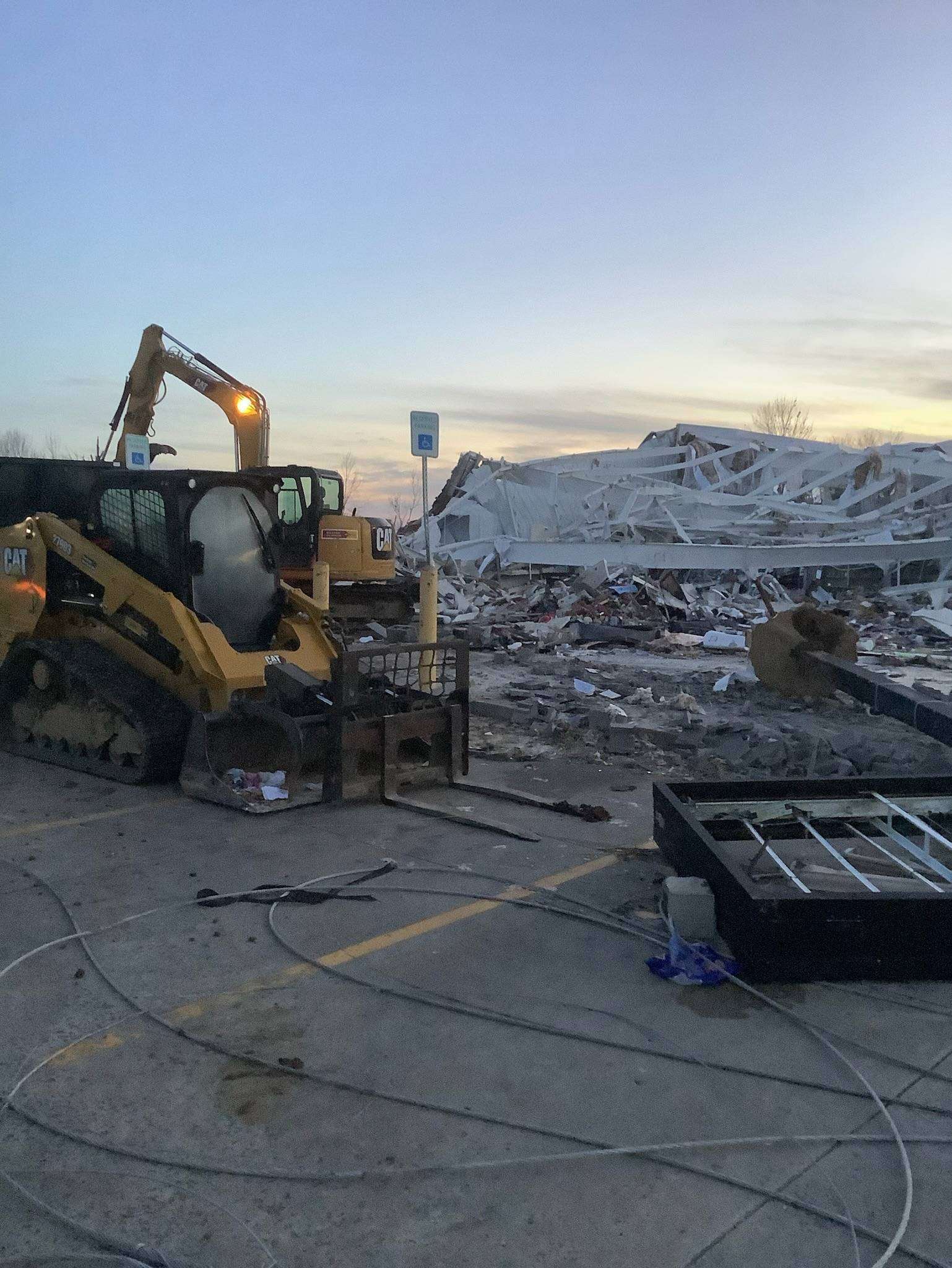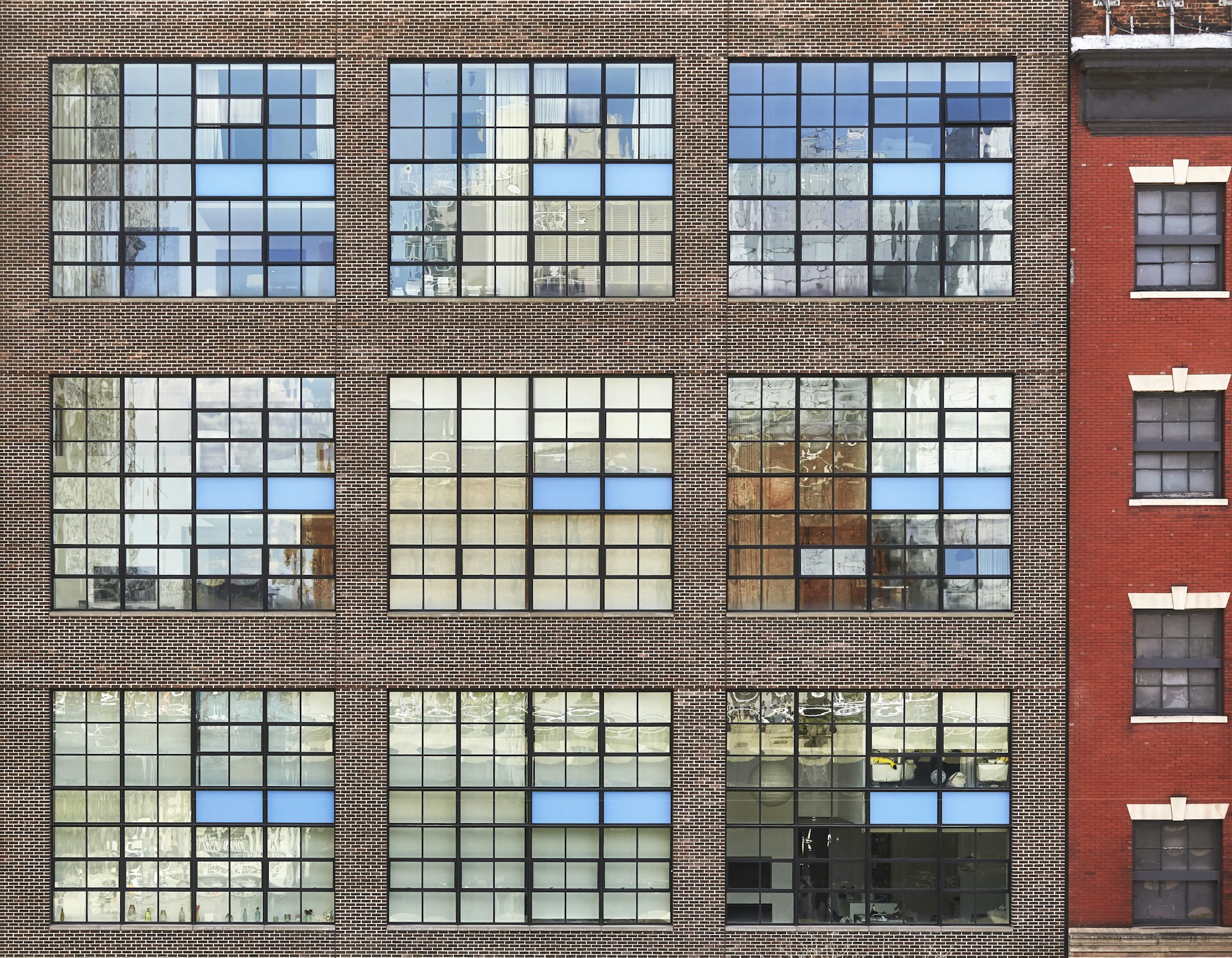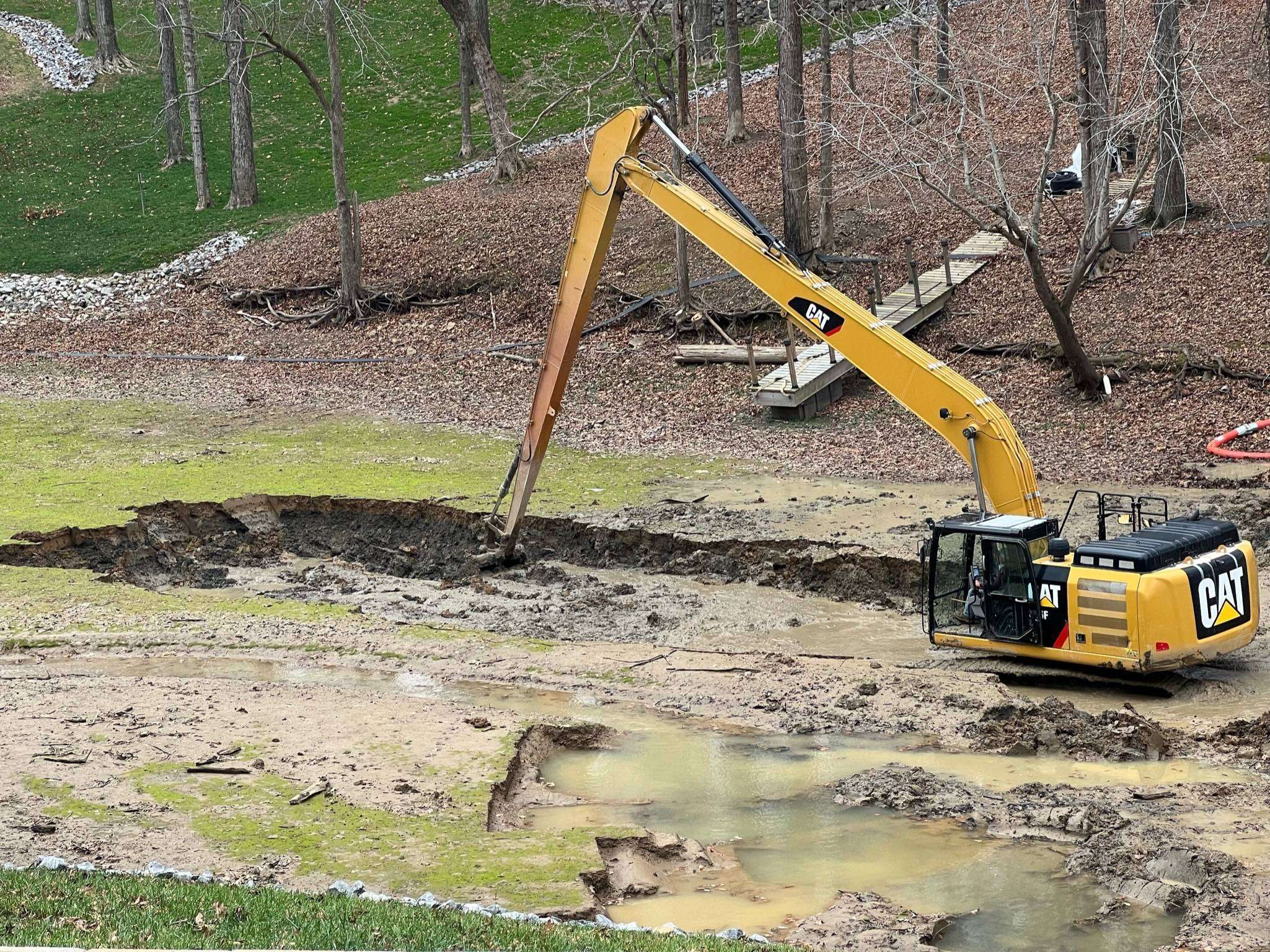Are you familiar with the term erosion and its impact on the environment? In this article, we will explore the different types of erosion, the factors that contribute to it, and why it is a problem that needs to be addressed.
We will discuss some DIY erosion solutions that you can implement to prevent erosion in your yard. So, let’s dive in and learn how you can protect your property from the damaging effects of erosion.
Key Takeaways:
- DIY erosion solutions can help prevent and control erosion, which can cause damage to properties and the environment.
- Factors such as climate change, human activities, and natural processes contribute to erosion.
- Simple actions like planting vegetation, building terraces, and managing water flow can be effective DIY erosion solutions for your yard.
What Is Erosion?
Erosion is the process by which soil and rock are removed from the Earth’s surface by natural forces such as water or wind.
This natural process occurs over time, sculpting landscapes and shaping coastlines. Soil erosion is particularly impactful, leading to the loss of fertile land and disrupting ecosystems. Conversely, rock erosion involves the breakdown of rocks into smaller particles through weathering and transport agents, like rivers and glaciers. These forces of erosion not only transform the Earth’s surface but also play a crucial role in the natural cycle of sediment transport, redistributing materials across regions and contributing to the replenishment of soils.””
Why Is Erosion a Problem?
Erosion poses a significant problem as it can lead to loss of fertile soil, damage to infrastructure, and disruption of ecosystems.
Erosion not only strips away the precious topsoil necessary for agriculture but also increases the risk of landslides and floods, further compromising infrastructure stability. The loss of fertile soil due to erosion diminishes the land’s productivity, impacting crop yields and food security.
Erosion disrupts delicate ecosystems, endangering plant and animal species and altering natural habitats. The resulting sedimentation in water bodies harms aquatic life and impacts water quality, exacerbating the impact on ecosystems.
The vulnerability of buildings, roads, and bridges to erosion-induced landslides and collapses highlights the direct threat erosion poses to infrastructure.
What Factors Contribute to Erosion?
Several factors contribute to erosion, including climate change, human activities, and natural processes like weathering and sediment transport.
Climate change plays a significant role in altering precipitation patterns and temperatures, leading to more frequent and intense storms that can accelerate erosion rates. Human interventions, such as deforestation, agriculture, and urbanization, expose the land surface to erosion processes, while also disrupting natural ecosystems that provide essential protection against erosion.
Weathering, the breakdown of rocks and minerals into smaller particles, and sedimentation, the deposition of these particles, are natural geological processes that contribute to erosion over time. When combined with anthropogenic impacts like improper land use and infrastructure development, these natural processes can cause accelerated soil erosion and degradation.
Climate Change
Climate change exacerbates erosion through increased rainfall intensity, altered weather patterns, and accelerated soil degradation.
Changing rainfall patterns greatly impact erosion processes by leading to more frequent and intense rainfall events, which in turn increase runoff and soil erosion rates. Altered weather conditions, such as prolonged droughts or extreme precipitation events, can destabilize soil structures and make them more susceptible to erosion. Additionally, soil degradation due to climate variations weakens soil integrity, making it easier for erosion to occur and exacerbating the overall erosion process.
Human Activities
Human activities such as deforestation, construction, and improper land use practices significantly contribute to accelerated erosion rates.
These activities disrupt natural habitats, leading to soil destabilization, which in turn intensifies erosion processes. Deforestation removes vegetation cover that holds the soil together, making it more susceptible to erosion caused by rain and wind. The rampant spread of urban development paves over large tracts of land, preventing water absorption and increasing surface runoff, further exacerbating erosion. Additionally, unsustainable land management practices like overgrazing and improper irrigation techniques contribute to soil degradation, making erosion a looming threat in many regions.
Natural Processes
Natural erosion processes, including water flow, wind action, and geological movements, play a fundamental role in shaping landscapes over time.
Water flow dynamics, such as rivers carving through rock formations or waves shaping coastlines, gradually wear down the earth’s surface, creating valleys, canyons, and other water-formed land features. Wind erosion mechanisms, like sand particles being carried and deposited by the wind, contribute to the shaping of deserts and sand dunes. Additionally, geological factors, such as the composition of rocks and the presence of fault lines, influence how erosion processes interact with the earth’s crust, ultimately leading to the evolution of diverse landscapes.
What Are the Different Types of Erosion?
Erosion manifests in various forms, including water erosion, wind erosion, and glacial erosion, each driven by specific environmental conditions.
Water erosion, considered one of the most common types, occurs when flowing water wears away the land, shaping valleys and canyons over time. Wind erosion is characterized by the movement of soil and sediment due to the force of the wind, leading to sand dunes and reshaped landscapes. On the other hand, glacial erosion occurs when glaciers carve out valleys and fjords as they slowly advance and retreat, leaving behind unique geological features such as truncated spurs and moraines.
Water Erosion
Water erosion occurs when flowing water dislodges and transports soil particles, leading to channel formation and sediment deposition.
As water flows over the land, it picks up loose particles, slowly carving out channels in the landscape. This process of channel formation can vary in scale from small rills to vast river valleys depending on the volume and speed of the water. The suspended sediments in the water can be carried for long distances before settling down, contributing to the process of sediment transport. Understanding the dynamics of water flow is crucial in comprehending how erosion shapes the earth’s surface over time.
Wind Erosion
Wind erosion involves the movement of soil particles by wind currents, often leading to land degradation and dust storms in arid regions.
During wind erosion, the force of the wind lifts and carries lightweight soil particles, a process known as deflation. As these soil particles are transported, they collide with other surfaces, causing abrasion and further erosion. The continuous movement of soil particles by wind can result in the loss of fertile topsoil, leading to decreased soil quality and decreased agricultural productivity. In arid regions, where vegetation cover is sparse, the impact of wind erosion is particularly severe, as there are fewer barriers to prevent soil movement.
Glacial Erosion
Glacial erosion results from the movement of glaciers that carve out valleys, create moraines, and reshape landscapes through ice action.
As glaciers flow over land, their immense weight and pressure exert force on the underlying rocks, causing them to pluck and grind away at the surface, a process known as abrasion. This abrasive action sculpts the terrain into various landforms, such as U-shaped valleys and fjords, which are characteristic features formed by glacial erosion.
The debris carried by glaciers, including rocks, soil, and sediment, gets deposited along their edges, forming ridges of unconsolidated material called moraines. These moraines not only provide clues to the past extent of glaciers but also play a vital role in shaping the landscape by creating diverse landforms like drumlins and eskers.
What Are Some DIY Erosion Solutions?
Implementing DIY erosion solutions like planting vegetation, building terraces, installing retaining walls, and using mulch can effectively mitigate erosion risks.
When tackling erosion control through vegetation planting, it’s important to select native species that are well-suited to the local climate and soil conditions. These plants can help establish a root system that binds the soil together, reducing the risk of erosion.
Talking about terrace construction, terracing involves creating multiple flat levels on a slope to slow down runoff and prevent soil erosion. This method not only adds an aesthetic element to the landscape but also acts as a practical erosion control measure.
Retaining walls play a crucial role in preventing embankment erosion by holding back soil and redirecting water flow. Properly installed retaining walls can effectively stabilize slopes and protect against soil erosion.
Utilizing mulch for soil protection offers a cost-effective way to safeguard exposed soil from erosion. Mulch helps retain moisture, reduce runoff, and protect the soil surface from the impact of raindrops, thus minimizing erosion risks.
Planting Vegetation
Planting native trees and shrubs can enhance erosion control by establishing root systems that stabilize soil and absorb excess water.
Native plants play a crucial role in mitigating erosion through their deep-reaching roots that bind soil particles together, preventing them from being washed away by rain or runoff. Beyond erosion prevention, these plants also enrich the soil by increasing its organic content, improving its structure and fertility. In addition, the diverse root systems of native vegetation help to create channels that allow water to penetrate the soil, reducing surface runoff and promoting groundwater recharge, which is vital for maintaining overall soil health.
Building Terraces
Constructing terraces on sloped areas helps to slow down water runoff, reduce soil erosion, and create level planting spaces for vegetation.
Building terraces for erosion control involves a strategic process aimed at harnessing the natural slope of the land. Initially, one needs to assess the slope, ensuring it’s suitable for terrace construction. Stabilizing the slope is crucial to avoid collapse or shifting of the terraces over time. Digging into the slope to create level platforms allows for better control of water flow. Utilizing stone or wood, terrace walls are constructed to hold back soil, preventing erosion and facilitating planting. Planting vegetation on these terraces further aids in erosion prevention by strengthening the soil structure.
Installing Retaining Walls
Installing retaining walls along embankments or creek banks can prevent soil erosion, stabilize slopes, and enhance property protection.
DIY retaining walls play a vital role in maintaining embankment stability by holding back soil and preventing erosion caused by water flow. By creating a barrier, they help minimize the risk of slope failures and protect the integrity of the area, especially during heavy rains or storms. These walls not only contribute to property protection by preventing ground movement but also add aesthetic appeal to the landscape. They significantly reduce the chances of embankment erosion, which ultimately leads to a more stable and sustainable environment.
Using Mulch and Compost
Applying mulch and compost to bare soil can improve water retention, reduce surface runoff, and enhance soil structure, aiding in erosion prevention.
By incorporating mulch and compost into the soil, you are creating a protective barrier that helps retain moisture, preventing dehydration of plants and ensuring they have access to water when needed. This, in turn, minimizes the risk of erosion caused by water runoff during heavy rain or watering. The organic matter in mulch and compost gradually breaks down, enriching the soil with essential nutrients, promoting healthy plant growth.
How Can You Prevent Erosion in Your Yard?
Preventing erosion in your yard involves managing water flow effectively, minimizing soil disturbance, and conducting regular property inspections to address erosion risks.
One key strategy for water management is to install French drains or redirect downspouts away from delicate areas to prevent excess water from accumulating. Implementing rain barrels or other water-harvesting techniques can help control the amount of water saturating the soil.
For soil preservation, consider planting erosion-resistant vegetation like native grasses or installing retaining walls to hold back soil on slopes. Mulching regularly and avoiding over-tilling can also aid in maintaining soil stability.
Property upkeep plays a crucial role in erosion prevention. Regularly inspecting and repairing gutters and drainage systems, fixing bare patches in the lawn, and promptly addressing any signs of erosion can significantly reduce erosion threats in your yard.
Properly Manage Water Flow
Effective water flow management through proper grading, drainage systems, and rainwater collection can help prevent erosion and water-related damage in your yard.
Grading practices play a crucial role in directing water away from vulnerable areas, preventing erosion by ensuring water flows smoothly and consistently across the landscape. By creating the right slope and contour, excess water is diverted, reducing the risk of pooling. Installing drainage systems, such as French drains or channel drains, further aids in channeling water away from the property, preventing soil saturation and erosion.
In addition, integrating rainwater harvesting techniques can help minimize erosion risks by capturing and utilizing excess rainwater for irrigation or other purposes, reducing the volume of water that can contribute to erosion. This sustainable approach not only conserves water but also mitigates erosion potential in your yard.
Limit Disturbance to Soil
Reducing soil disturbance through proper landscaping practices, mulching, and avoiding heavy machinery can preserve soil structure and minimize erosion susceptibility in your yard.
Landscaping techniques such as incorporating natural contours and adding vegetation help create a natural defense against erosion by holding the soil in place. Properly installed mulch acts as a protective layer, reducing water runoff and soil erosion. Mulch application not only retains moisture but also prevents soil compaction and promotes healthy microbial activity crucial for soil health. Avoiding heavy machinery like tillers and compactors prevents soil compaction and disruption, preserving the delicate ecosystem within the soil.
Regularly Inspect and Maintain Your Property
Frequent inspections and proactive maintenance of your property, including checking for erosion signs, reinforcing slopes, and ensuring proper vegetation cover, are vital for long-term erosion prevention.
Erosion signs can manifest in various ways, such as exposed roots, gullies forming, or sediment buildup near water bodies on your property, indicating the need for immediate attention. Implementing slope reinforcement techniques like terracing, retaining walls, or geotextiles can help stabilize vulnerable areas and prevent soil movement.
- Regularly assess the condition of your property’s vegetation as healthy plants with robust root systems play a crucial role in combating erosion.
- Practices like planting cover crops, installing erosion control blankets, and mulching can further enhance vegetation cover and reduce the impact of runoff on your land.
Frequently Asked Questions
What are DIY erosion solutions?
DIY erosion solutions refer to methods that individuals can use to prevent or repair erosion on their own without hiring professional services.
Why are DIY erosion solutions important?
DIY erosion solutions are important because they allow individuals to save money and take control of erosion issues on their own property.
What are some common DIY erosion solutions?
Some common DIY erosion solutions include using erosion control products such as mulch, gravel, or rock, building retaining walls, and planting vegetation.
Can DIY erosion solutions be effective?
Yes, as long as the solution is properly implemented and maintained, DIY erosion solutions can be just as effective as professional solutions.
Are there any risks associated with DIY erosion solutions?
As with any DIY project, there is a risk of improper installation or using the wrong methods, which could potentially worsen erosion issues. It’s important to research and consult with experts before attempting any DIY erosion solutions.
What should I consider before choosing a DIY erosion solution?
Factors to consider include the severity of the erosion, the type of soil and slope, budget, and the level of expertise needed for the solution. It’s also important to consider long-term maintenance and potential impact on the environment.












